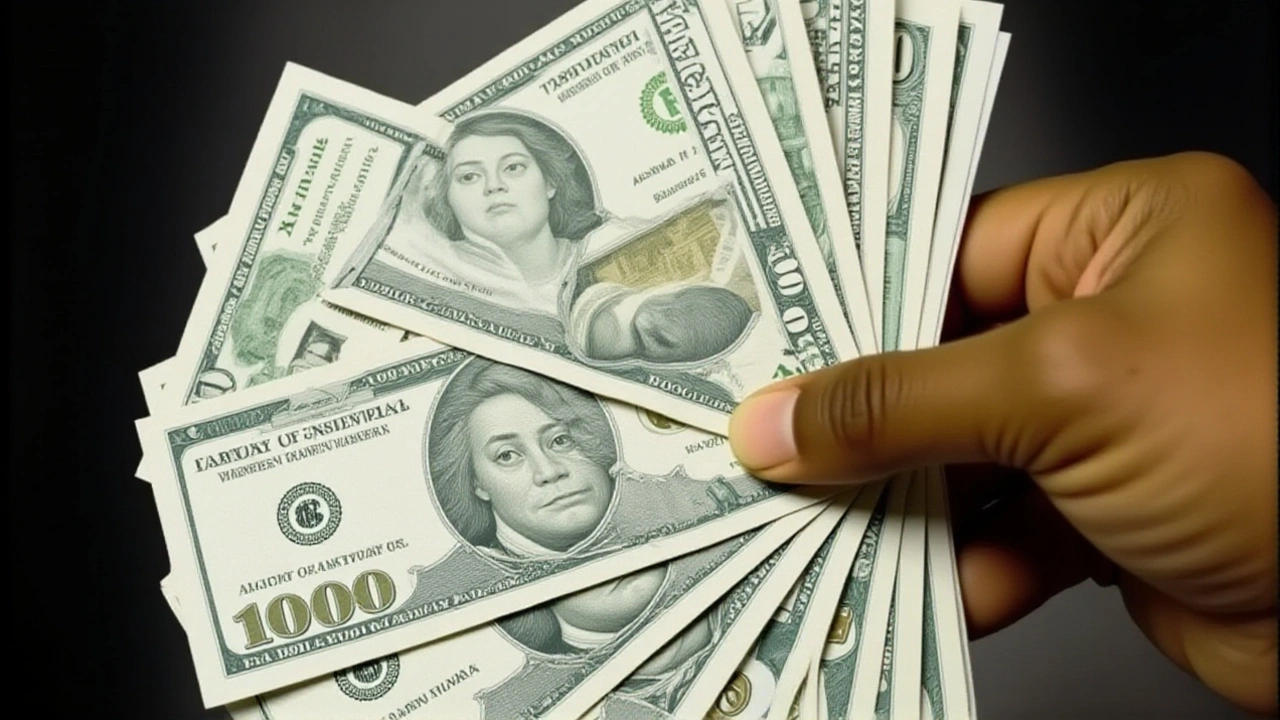Central Bank of Nigeria News & Analysis
When following Central Bank of Nigeria, the country’s apex financial regulator that sets interest rates, manages the naira and supervises banks. Also known as CBN, it plays a pivotal role in steering Nigeria’s economic stability. Central Bank of Nigeria decisions ripple through markets, affect loan costs and shape everyday life for millions.
The Monetary Policy Committee, a panel of economists and senior officials that meets regularly to set the Monetary Policy Rate is the engine behind those moves. When the MPC tweaks the rate, inflation feels the pressure—either easing or spiking. Inflation, the overall rise in consumer prices that erodes purchasing power in Nigeria has been a headline concern, especially as the country battles double‑digit rates. The current governor, Olayemi Cardoso, the chief executive who guides policy direction and communicates decisions to the public, often frames the narrative around confidence, fiscal discipline and the need for structural reforms.
Key Themes Covered
One big semantic link is that the Central Bank of Nigeria sets the Monetary Policy Rate, which influences inflation trends. Another connection: the Monetary Policy Committee decides on rate adjustments based on data, and the governor communicates those choices to markets. Finally, the broader Nigerian economy reacts to both the rate level and inflation outcomes, affecting everything from consumer loans to foreign investment.
Recent meetings have shown the MPC holding the rate steady at 27.50% while inflation slipped to just over 20% in August. That pause gave businesses a brief breather, but the underlying pressures—fuel prices, exchange rate volatility, and supply chain gaps—keep the policy debate alive. Analysts watch the governor’s speeches for hints about future moves, such as potential rate cuts or a shift toward tighter liquidity measures.
For readers who want a deeper dive, the collection below includes articles on the latest MPC meeting, the impact of inflation on everyday costs, and how the CBN’s strategies align with global monetary trends. You’ll also find pieces on the role of the naira, the government’s fiscal stance, and expert commentary on what the next policy decision could mean for savers and borrowers alike.
All of this context sets the stage for the stories ahead. Below you’ll discover a curated selection of reports that break down policy numbers, explain why the governor is cautious, and show how inflation numbers are reshaping the economic outlook. Dive in to see how each piece fits into the bigger picture of Nigeria’s monetary landscape.

Naira Strengthens Amid Claims of N1,505 Depreciation
Keabetswe Monyake Oct 5 11Recent data shows the Nigerian naira strengthening around N1,450‑N1,470 per dollar, contradicting rumors of a N1,505 slide, as CBN reforms boost reserves and surplus.
More Detail